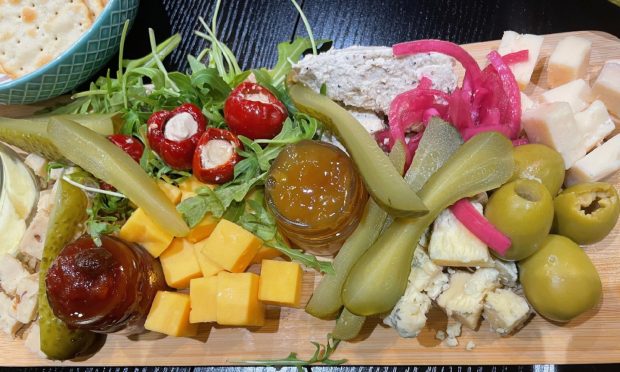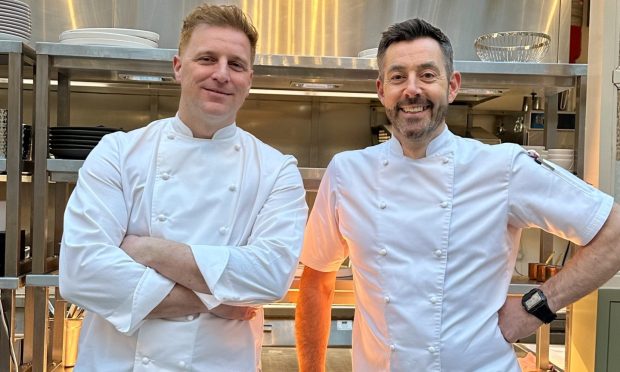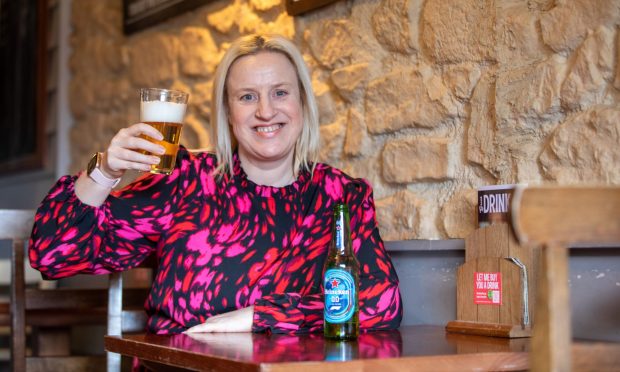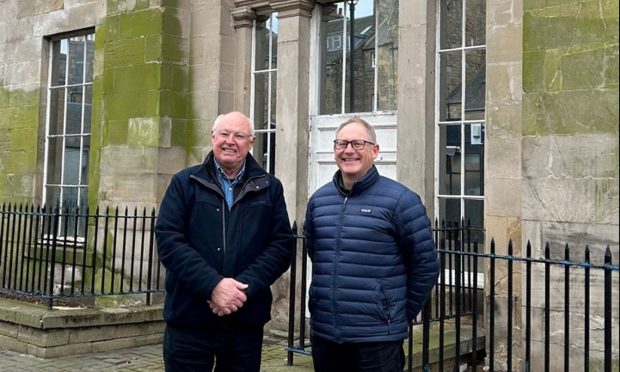Few people would dispute that many of Scotland’s best-known single malts include the word Glen – what with Glenfiddich, Glenmorangie, Glen Ord, Glen Spey, Glenfarclas and a host of others. Glen has nice connotations, conjuring up visions of a narrow green valley centred on a namesake burn or river flanked by rolling hills purple with heather.
And it seems many of Scotland’s earliest distilleries, for the most part on farms or crofts, also used the name glen. However, research I’ve been doing recently shows these were often fictitious names with – apparently – no connection to the farm, estate or area where they stood. It was just that they sounded good. Most of them survived just a few years back in the 1820s or 1830s, so any trace of them is long gone. My problem is that I’m trying to locate where they were and I keep running into the sands despite all my best efforts. So, if any reader can help me, I would be very grateful.
For instance, there was a distillery called Glenfarr in Perthshire in 1833. Several places or houses called Glenfarr exist in the Highlands but not, as far as I can ascertain, in Perthshire.
Or there’s a distillery called Glendown in Lanarkshire that distilled from 1827 to 1831. Trawling through old maps, gazetteers and reference books has proved fruitless. Or there’s Glenluig in Dunbartonshire, which distilled in 1812 under Messrs MacFarlane. Or Glenavullen in Argyll, which distilled from 1827 to 1833 under William Ewing.
It is always possible that the name was spelled incorrectly by the clerk or official who licensed the distillery. Not everyone was literate in those days so the distiller would probably have given the name verbally to the official who then noted it down as he heard it. He had no place-name dictionaries or gazetteers for cross-checking. That explains why many early distilleries have several different but similar names, such as long-vanished Glenisland in Dumfriesshire, which is also listed as Glenesland and Glenessland. Today the area where it sat is spelled Glenesslin.
One way or another, this research is proving a glengthy process…










